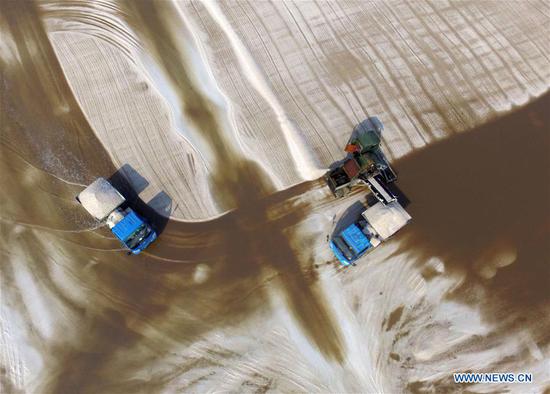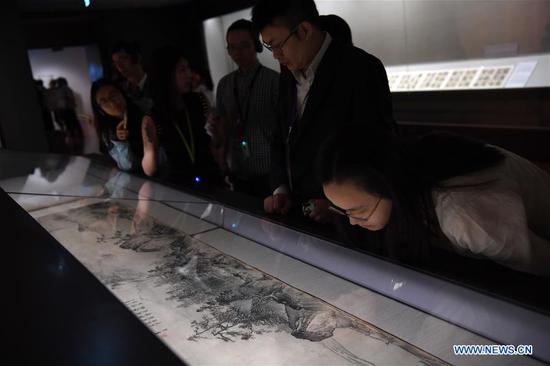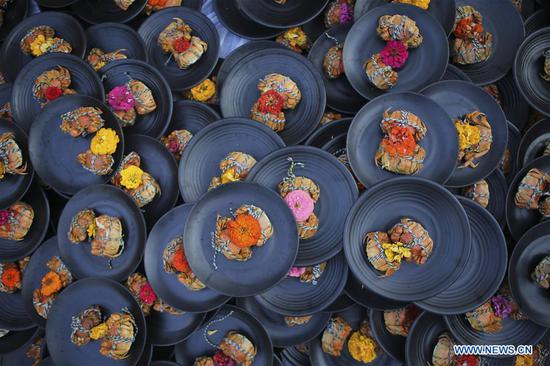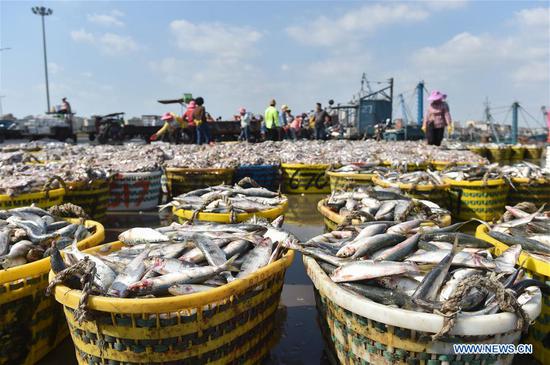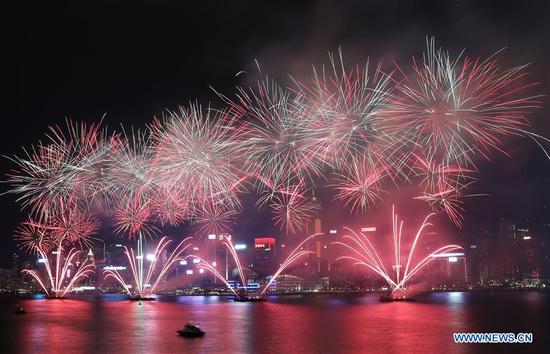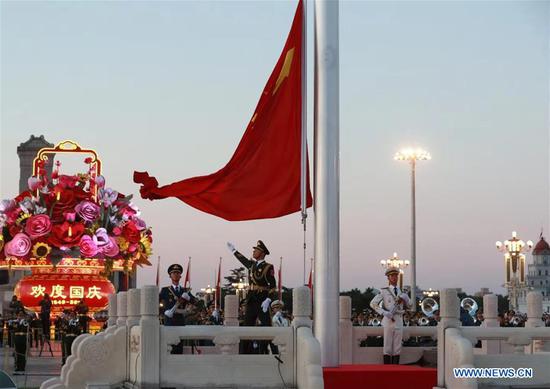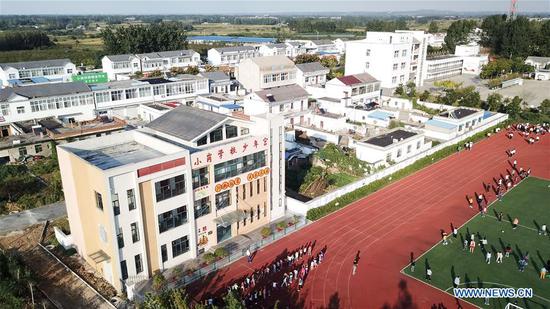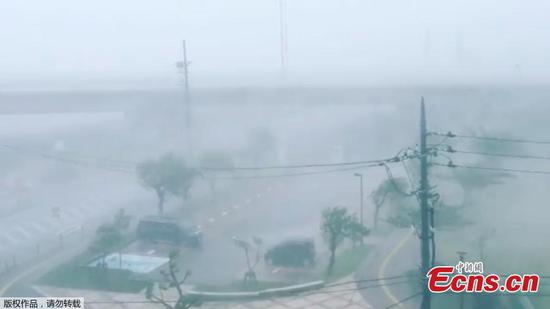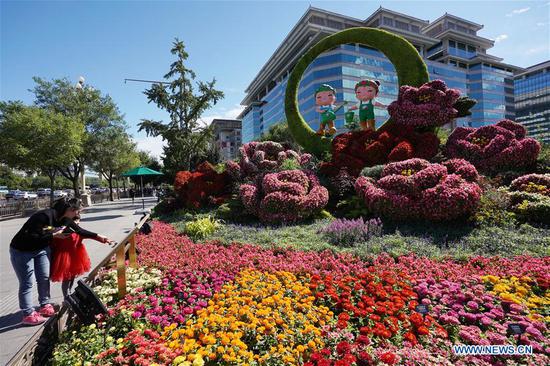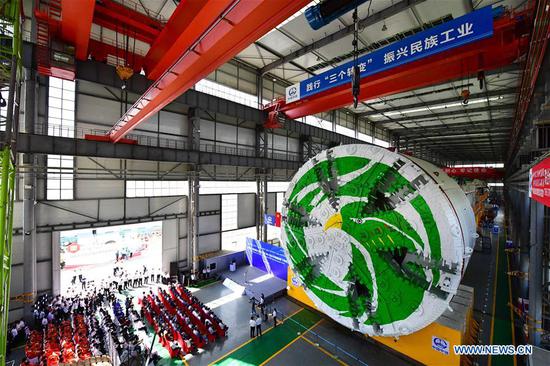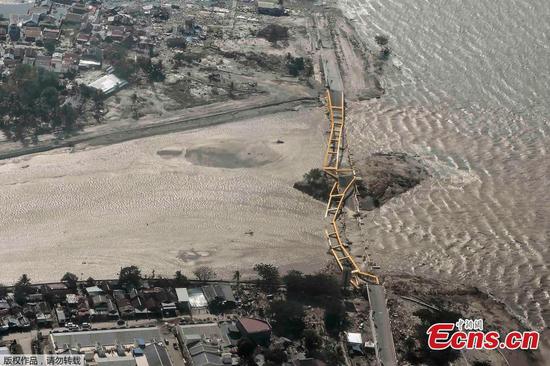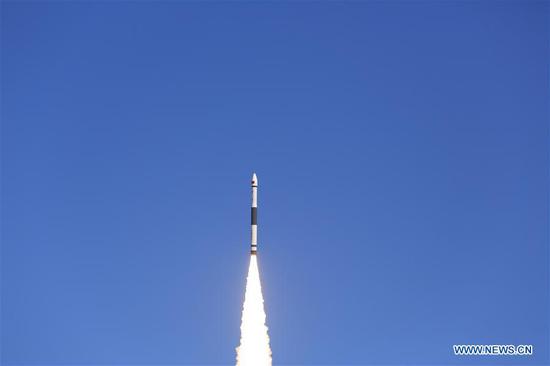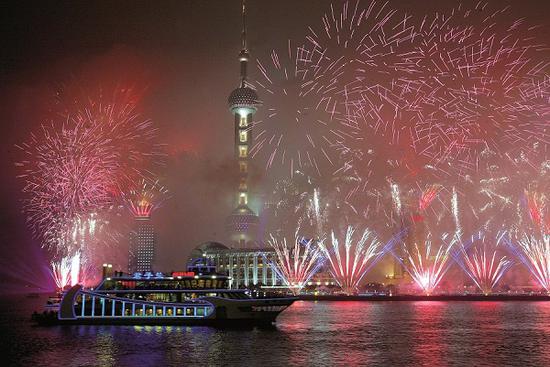
The sights along the Huangpu River have improved dramatically over the past few decades. (Photo provided to China Daily)
More than a century ago, when the road and metro systems in Shanghai were not as advanced as today, hundreds of thousands of people relied on ferries to travel to work or get around the city, using the Huangpu River as the main transportation route.
According to the Shanghai Ferry Company, ferry services in the city emerged around the 1900s when a construction agency rented a small vessel to transport their employees and goods every morning from Puxi to Pudong. The company’s records also show that in 1993, some 370 million passengers took ferries to get around Shanghai.
In those days, about 100 ferries operated daily across 23 ferry lines on the Huangpu River which divides the city into two parts: Pudong and Puxi. The price of a ferry ticket then was 0.06 yuan for a 5-minute single trip.
According to Liu Fuqiang, a cruise ship captain who previously spent 28 years working on ferries, the ferry industry peaked in the 1980s when daily passenger volume hit 1 million.
The 59-year-old recalls how the Pudong area during that time was filled with farmland, factories, shipyards and textile mills. The space that the Oriental Pearl TV Tower now stands was still occupied by the Shanghai Shipyard Company. The look of residential housing then was also a far cry from what people live in today.
“There were many typical shikumen houses and Baroque architecture along the river in Puxi area, but they were less fancy than they are now,” he said.
Liu remembers that most passengers were factory workers or farmers who collected vegetables in Pudong and sold them in government food markets across the river. Cars and trucks were also transported by ferries. Unlike today, rush hour traffic for ferries began as early as 5 am, according to Liu.
“It was like a fierce battle. Some had to hold their bicycles over their heads so that they could squeeze into the ferry,” he said.
“The police often had to be at the ferry terminals to maintain order as the queue of passengers could measure 100 meters. Can you imagine 1,200 people queuing to board the ferries every morning? Back then there was a saying: ‘It is better to rent a bed in Puxi than own a room in Pudong!’”
Passenger volume inherently declined as Shanghai’s transportation systems became more comprehensive. Following the construction of the Nanpu Bridge — the first cross-river bridge in the downtown area — in 1991, another 12 bridges as well as 11 tunnels and 15 metro lines were added over the past 27 years.
It is estimated that the daily number of ferry passengers plunged from the 1 million in the 1980s to 200,000 in the early 2000s.
But this mode of transport has not completely disappeared from the landscape. According to Shen Jianping, the Huangpu River is today still home to 34 ferry stations that are serviced by 17 air-conditioned ferries. Every day, about 150,000 people and vehicles rely on this transportation medium to get around.












